Fractals: A Sense of Scale
- By Peter Tyson
- Posted 10.01.08
- NOVA
So, naturalists observe, a flea
Has smaller fleas that on him prey;
And these have smaller still to bite 'em,
And so proceed ad infinitum.
—Jonathan Swift, from "On Poetry: A Rhapsody"
The satirist and author of Gulliver's Travels might have been talking about fractals when he made this oft-quoted observation—if he hadn't lived two centuries before fractals were discovered. (In fact, Swift was complaining about lesser poets criticizing better ones, like pestering fleas.) As it happens, these four lines can serve as a perfect metaphor for the infinitely detailed, "self-similar" nature of fractals. In this interactive, zoom deep into a Mandelbrot set, the most famous of fractals, to the mind-bending magnification of 250,000,000x. Along the way, you'll see what is meant by self-similarity, how the iconic Mandelbrot-set shape keeps turning up at smaller scales like one of Swift's ever-tinier fleas, and why the 18th-century wit's metaphor suits fractals to a tee.
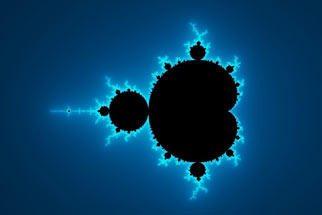 Launch Interactive
Printable Version
Launch Interactive
Printable Version
Explore the infinite detail of a Mandelbrot set as you zoom to a magnification of 250,000,000x.
Note: NOVA Online's Rachel VanCott used the program Ultra Fractal 5 to generate these images of the Mandelbrot set.
Credits
Images
- (all images)
- © WGBH Educational Foundation
Related Links
-
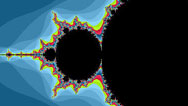
Design a Fractal
Create and save your own wildly colorful fractals using our generator.
-
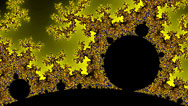
Hunting the Hidden Dimension
Mysteriously beautiful fractals are shaking up the world of mathematics and deepening our understanding of nature.
-
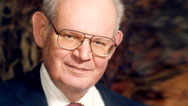
A Radical Mind
Benoit Mandelbrot, the father of fractals and fractal geometry, was a true maverick, as this interview reveals.
-
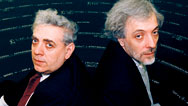
Profile: Brothers Chudnovsky
The story of two brilliant mathematicians, a unicorn, and a homemade supercomputer
You need the Flash Player plug-in to view this content.

